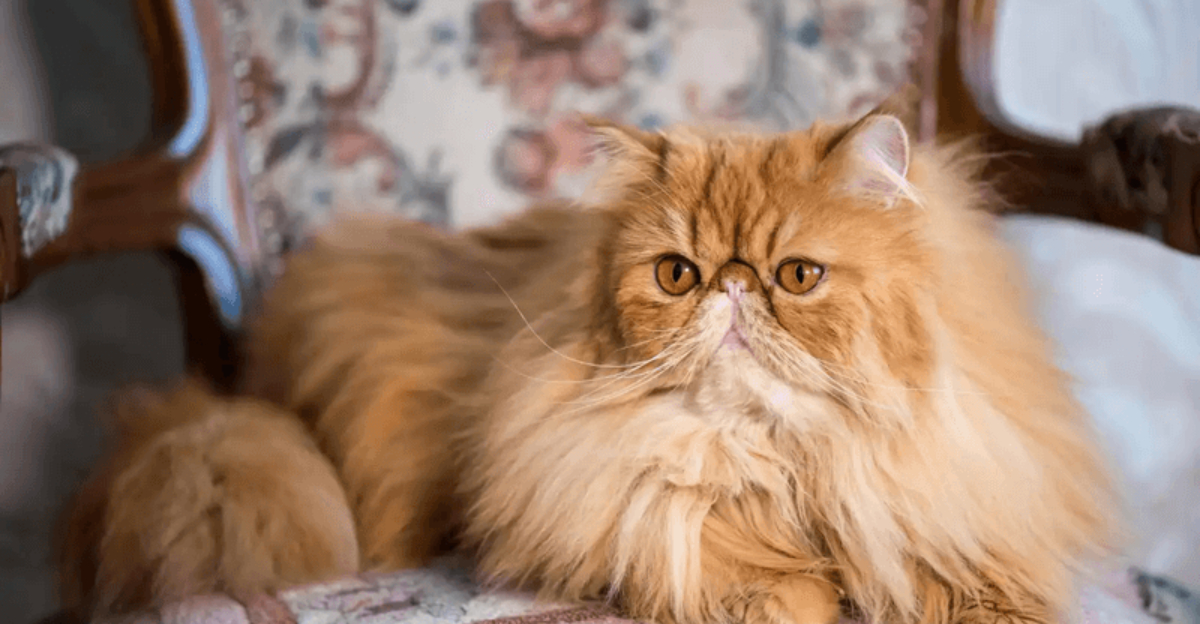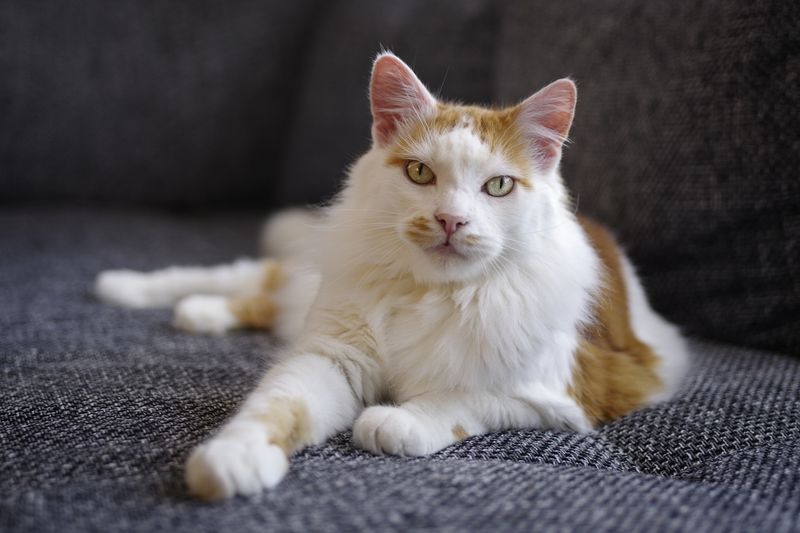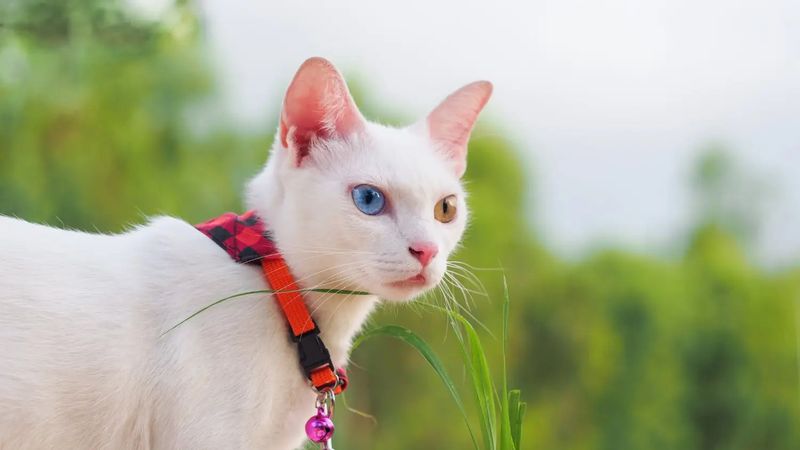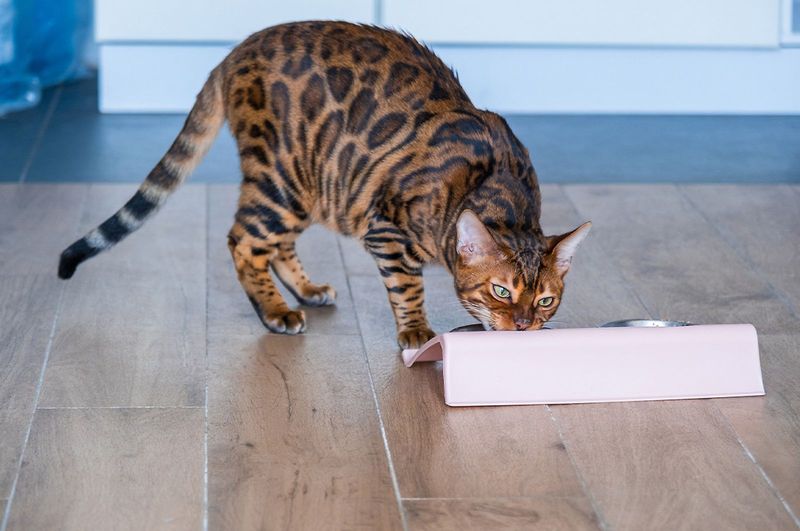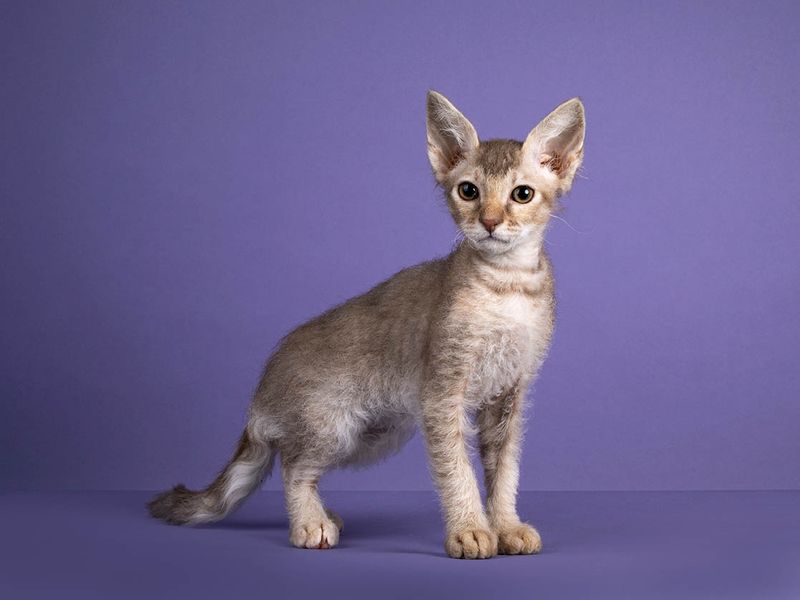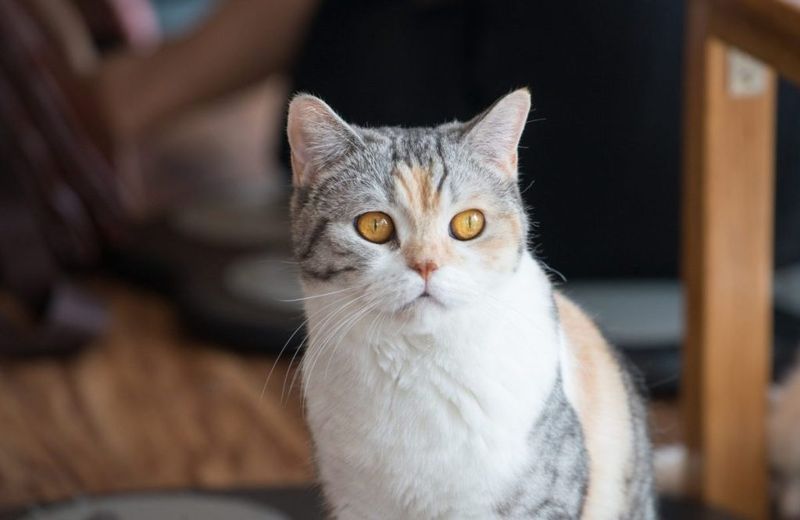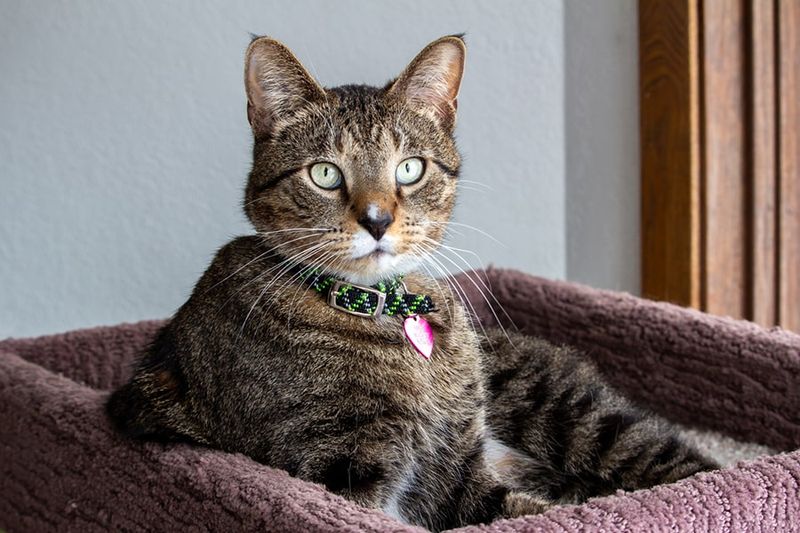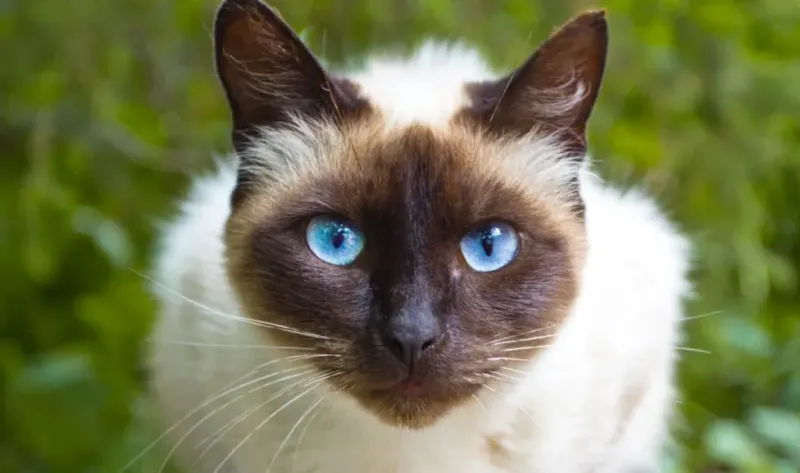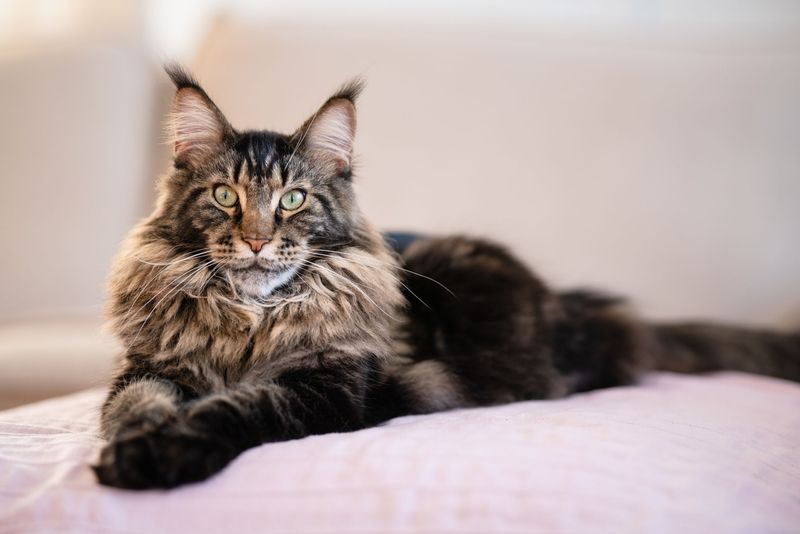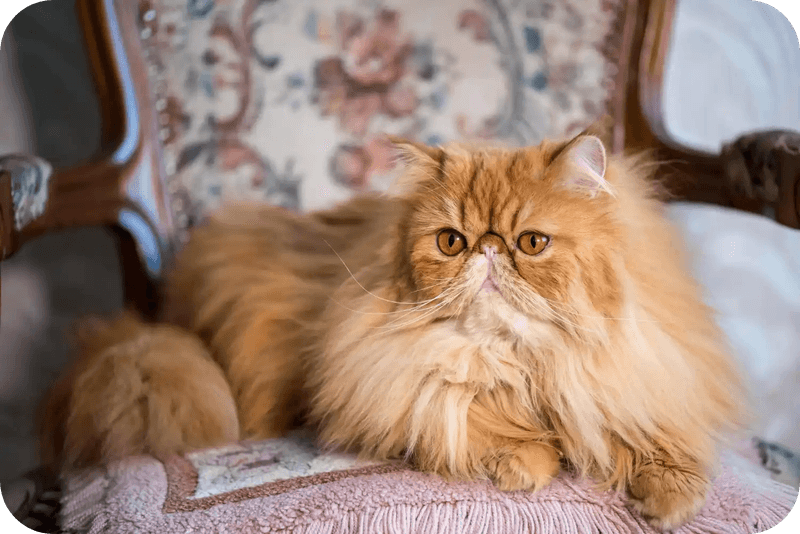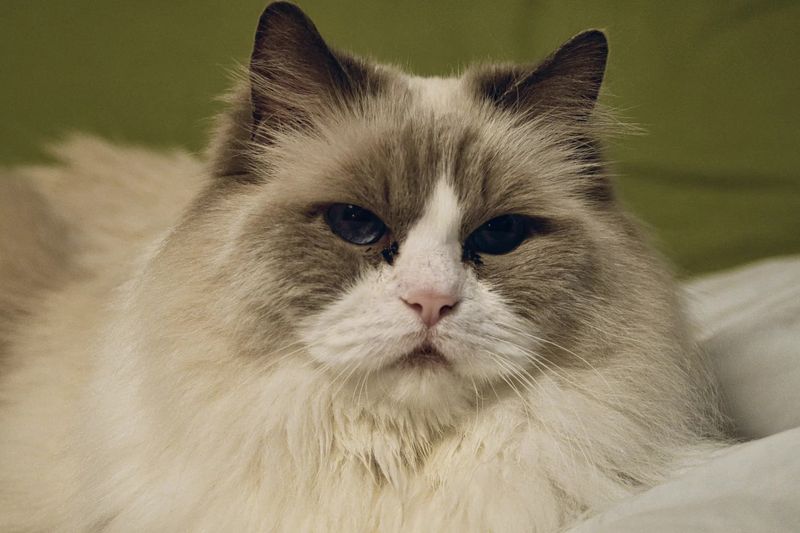📖 Table of Content:
Cats may be everywhere in American homes, but not all felines are created equal—especially when it comes to how often you’ll actually see them. While some breeds practically dominate living rooms and Instagram feeds alike, others are so elusive that you might go your entire life without ever meeting one in person. It’s a fascinating look at how cultural trends, breed characteristics, and availability shape which cats we consider part of everyday life.
In this article, we’re diving into both ends of the spectrum—five cat breeds that are rare gems in the U.S., and five that are so common, they practically feel like part of the national fabric. From exotic origins and specific grooming needs to quirky personality traits and breeder limitations, the rare breeds stand out for more than just their scarcity. On the flip side, the more familiar breeds have carved out their place in our homes with their charm, adaptability, and strong emotional connections with humans.
Whether you’re curious about the breed behind your neighbor’s fluffy companion or you’re hoping to adopt a more unique feline friend, this list will give you insight into the cat breeds that you’re most—and least—likely to see in an American home. Let’s meet these furry faces.
1. Turkish Van
Elegant and athletic, the Turkish Van is perhaps most famous for its love of swimming—a trait not often associated with cats. Originally from the Lake Van region of Turkey, this breed has a luxurious, semi-long white coat with distinct color patches on the head and tail. They are rare in the United States due to limited breeding programs and strict standards. Van cats are intelligent, independent, and often bond deeply with a single person. Their activity levels make them better suited for spacious homes with room to roam. Because of their rarity, they’re usually found only through specialized breeders or international import. Encountering a Turkish Van in a typical American home is something close to stumbling upon a unicorn.
2. Khao Manee
Unmistakable in appearance, the Khao Manee has a pure white coat and often possesses odd-colored eyes—like one blue and one gold—that have earned it the nickname “Diamond Eye Cat.” Hailing from Thailand, it has long been considered a symbol of good luck and royalty. Despite its elegance and gentle nature, the Khao Manee is almost never seen in American shelters or even breeder listings. Its rarity stems from both geographic origin and tight breeding control. These cats are affectionate and curious, often shadowing their humans around the house. Their meows are soft but persistent, and they love to be engaged in their surroundings. A Khao Manee isn’t just a pet—it’s a prized companion for those lucky enough to find one.
3. Serengeti
Born from a dream of creating a domestic cat with the appearance of a wild African serval, the Serengeti breed is a marvel of design. Created in the 1990s by crossing Bengals and Oriental Shorthairs, this breed has long legs, large ears, and striking spotted coats. They’re playful and full of energy, often needing constant stimulation. Yet despite their beauty and charm, they remain rare in U.S. households due to their relatively recent development and limited recognition by all breed registries. Serengetis thrive in homes that offer both attention and freedom to climb and explore. Their sociability makes them a great companion for active families. Still, spotting one in the wilds of suburbia or even in a city apartment is highly uncommon.
4. LaPerm
Delightfully curly and soft, the LaPerm looks like it just walked out of a vintage hair salon. Its wavy or ringlet-like coat is caused by a spontaneous genetic mutation and comes in both short and long varieties. Originating in Oregon during the 1980s, the LaPerm breed has remained a niche choice for cat lovers. These cats are known for their affectionate, even dog-like behavior—they love riding on shoulders and following people around. Despite their friendly nature, they’re seldom seen in American homes or even at pet expos. Limited awareness and low breeding numbers have kept this unique breed from gaining widespread popularity. But for those in the know, the LaPerm is a loving, curly-coated treasure.
5. American Wirehair
From a barn in upstate New York came one of the rarest naturally occurring mutations in the feline world—the American Wirehair. With a springy, wiry coat that sets it apart from any other breed, this cat is as unique to the touch as it is to the eye. Despite being born on U.S. soil, the breed has never gained significant traction, even among American pet owners. These cats are typically easy-going and adaptable, with a calm demeanor that makes them wonderful indoor pets. However, they remain one of the least popular cat breeds registered in major associations. Their unusual coat may deter some would-be owners who aren’t used to its texture. As a result, encountering one in a home is like discovering a hidden gem.
1. Domestic Shorthair
Odds are, if you’ve had a cat in the U.S., it was a Domestic Shorthair—America’s most common feline. This isn’t a breed in the strictest sense, but rather a mixed bag of genetics and personalities. They come in nearly every color and pattern imaginable and are beloved for their hardiness and adaptability. Domestic Shorthairs are often the first choice in shelters and rescues due to their sheer abundance. Their temperaments vary widely, but most are affectionate, playful, and low-maintenance. With proper care, they can live long, healthy lives and bring joy to households of all shapes and sizes. They are, without a doubt, the “default” cat of America.
2. Siamese
Graceful and opinionated, the Siamese cat is one of the oldest and most recognizable cat breeds in the world. Known for their striking blue almond eyes and vocal tendencies, these cats have found their way into countless American homes. They form strong bonds with their humans and demand interaction, often “talking” to express their moods. Siamese cats are sleek, short-haired, and elegant, making them both aesthetically pleasing and relatively low-maintenance. Popularized by movies and media, their popularity has endured for generations. Their social nature makes them perfect for families and those who work from home. If you’ve spent time with one, you’ve likely never forgotten it.
3. Maine Coon
Massive and majestic, the Maine Coon is often described as the “gentle giant” of the cat world. Native to the northeastern U.S., this breed is loved for its tufted ears, bushy tail, and dog-like loyalty. Maine Coons get along with children, dogs, and even strangers, which makes them ideal family pets. Their thick coat requires some grooming, but their easygoing nature makes up for the upkeep. They’re frequently seen in American households and even win cat show ribbons with ease. Known for their chirps rather than meows, they bring a unique voice to the conversation. You probably know someone who has—or has dreamed of having—a Maine Coon.
4. Persian
Regal in appearance and demeanor, the Persian cat is synonymous with luxury and calm. With their long, flowing coats and flat-faced features, Persians have become iconic in both pop culture and households. These cats prefer a quiet, predictable environment and are more lap cat than jungle gym explorer. Daily grooming is a must, but devoted Persian owners rarely mind the effort. Their serene nature makes them ideal for low-energy households or older pet owners. For decades, they’ve ranked among the top most owned purebred cats in the U.S. If you’ve ever cozied up to a Persian, you’ve likely experienced true feline royalty.
5. Ragdoll
Soft, striking, and endlessly cuddly, Ragdolls are the ultimate companions for cat lovers who want affection on demand. True to their name, they often go limp when picked up, relaxing into your arms like a stuffed toy. Their blue eyes and color-point coats give them a majestic appearance, but their personalities are down-to-earth. These cats follow their owners from room to room, seeking connection and comfort. Ragdolls are especially popular with families due to their gentle nature and tolerance for kids. They’re common in households looking for a dog-like feline experience. It’s no surprise they’ve quickly become one of America’s top cat breeds.
